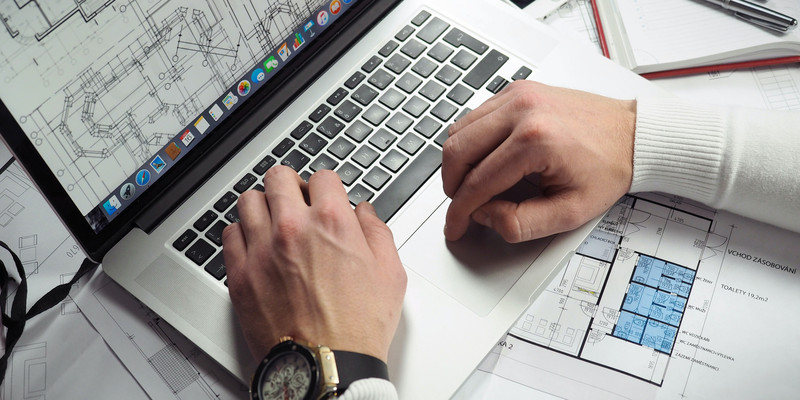Outside of the construction industry, the idea of an ‘accurate estimate’ may seem like an oxymoron. But if you work in the industry, you’ll know that accurate estimates are essential. Estimate too low, and you’ll have cash flow problems and potentially unprofitable work. On the other hand, estimate too conservatively and you’ll struggle to find clients.
The number that you present to clients must not only be accurate, but also finds a safe middle ground between these two negative outcomes.
While there’s no way an estimate can ever be 100% accurate, there’s plenty you can do to make improvements.
Save time
Often, time is the limiting factor when it comes to estimate accuracy. Creating a highly detailed, granular estimate does take time, particularly if you have to obtain numbers from subcontractors and other parties. Many clients won’t wait for estimates. Speed is of the essence. This is especially true if you work on small-scale projects like house extensions.
The easiest way to save time on estimates while maintaining or improving accuracy is to adopt estimating software. With digital pricing libraries, templates and access to previous projects’ data, assembling an accurate estimate is much less of a time investment.
Use up-to-date pricing libraries
Old pricing information might be enough for rough estimates, but if you want to improve estimate accuracies, always try to use the most up-to-date cost information. It isn’t time efficient to contact every supplier directly and calculate each cost manually, so instead ensure you’re using the most recent pricing library. If you use software, you’ll be able to see when the data in the pricing library was last updated.
Pricing libraries are particularly important to fill in the gaps in your knowledge – you can’t be an expert in every area of construction, after all.
Check data – and don’t fudge the numbers
Estimating software can only produce quality estimates if the data you provide it is high quality. If you cut corners within the software, the number it gives you at the end isn’t going to be accurate. Resist the urge to adjust individual costs or measurements to create the outcome you’re looking for.
Know the unknowns
We’ve all worked on a construction job that was scuppered by factors outside of our control. Inclement weather, sudden spikes in materials costs, or logistics problems all have the potential to turn a previously profitable job into the red.
Think about the particular circumstances surrounding the work and the biggest risks associated with them. For example, if you’re in the UK you may wish to plan around a no-deal Brexit, where material imports could be delayed significantly.
Use previous data
Look to the fine details of previous projects that you’ve worked on. By understanding how each cost type contributed to the success or failure of the project financially, you can customise future estimates based on your company’s unique strengths and weaknesses, and past records.
Summary
No estimate is perfectly accurate – but it’s in your interest to present potential clients with a figure that is a reliable representation of the cost of the work. With the help of estimating software, you can build accurate estimates that don’t take days or weeks to complete.
Email us at sales@estimate.co.uk to learn more about how esti-mate helps businesses like yours produce construction estimates efficiently. Alternatively, you can download your free 20 day trial here.

